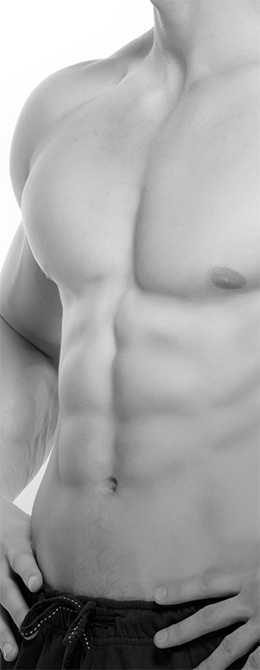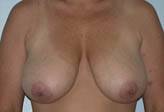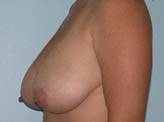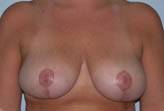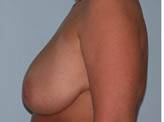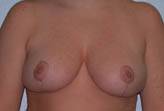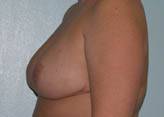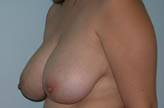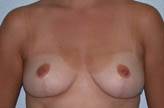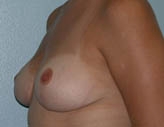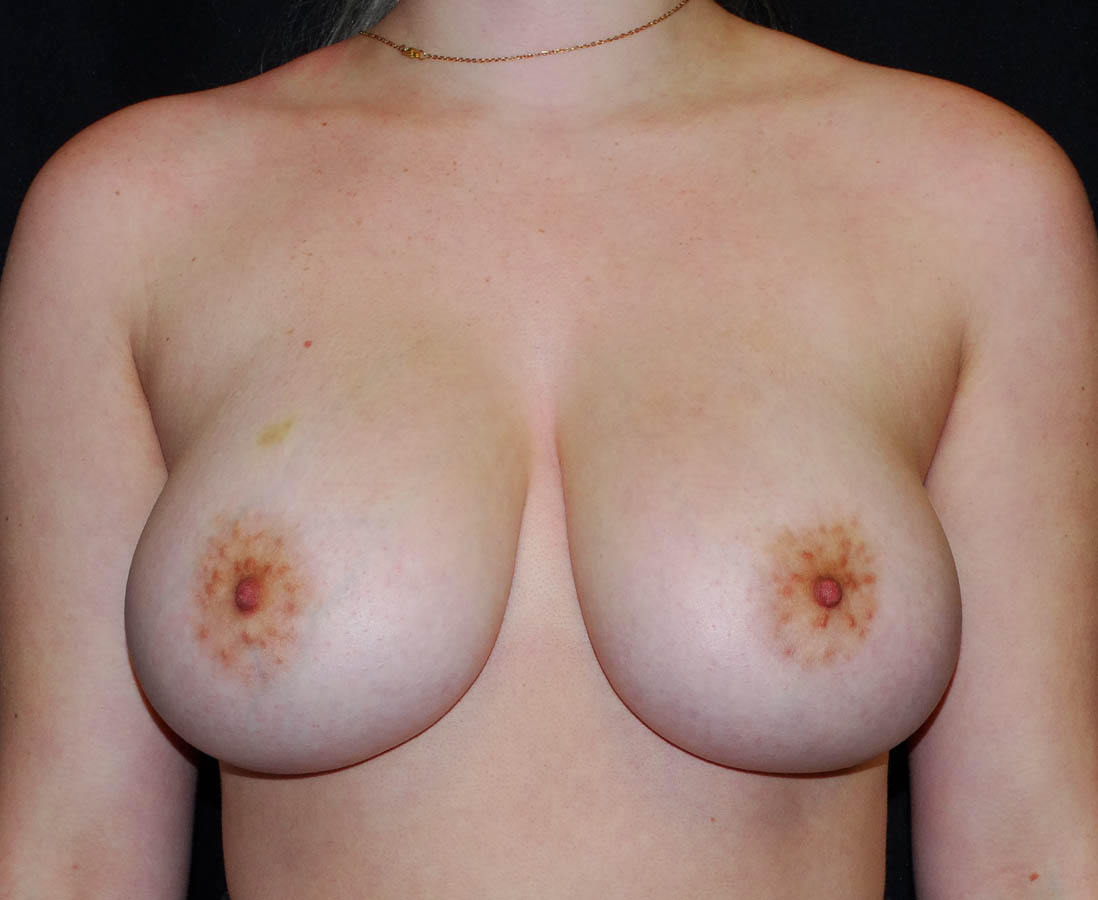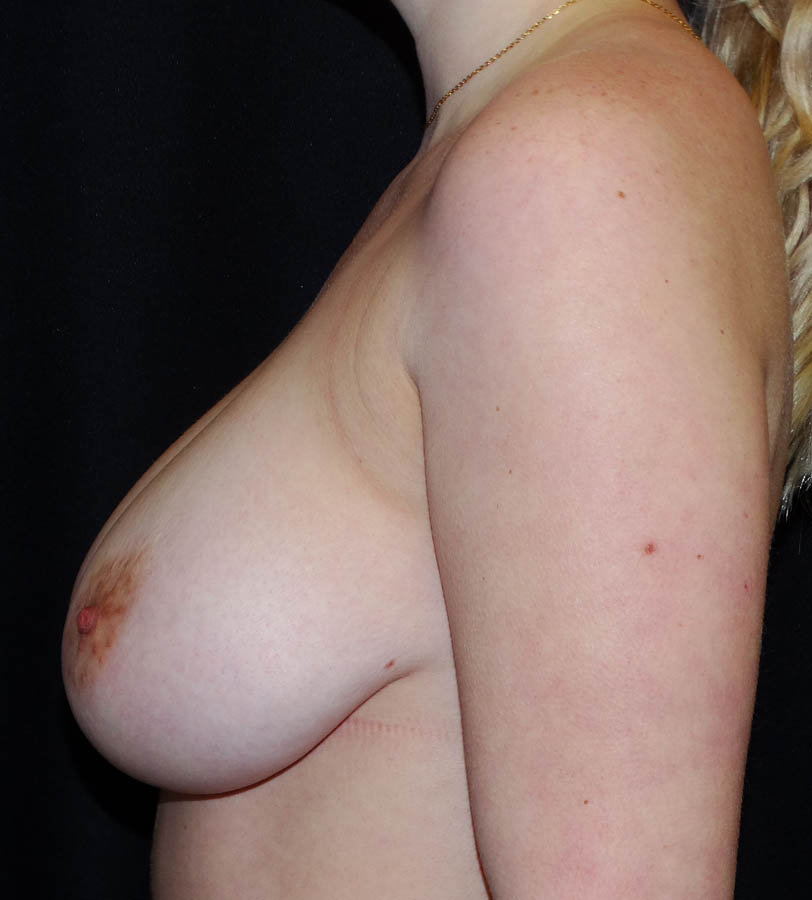
Breast Reduction
Schedule a consultation
Who considers a breast reduction?
Women with large breasts often suffer from a variety of medical problems due to the excess weight of their breasts. They may experience:
- Back & neck pain
- Skin moisture and irritation
- Grooves from bra straps
- Breathing problems.
- An inability to lead an active lifestyle
- Low self-esteem and a lack of confidence
- Droopy, elongated breasts
- Skeletal deformities
What is a breast reduction?
Breast reduction surgery leaves the breasts smaller, lighter, and firmer with the nipple at a more attractive and youthful position on the chest. Breasts are in better proportion with the rest of the woman’s body and usually help relieve many of the above medical symptoms.
How is the procedure performed?
- Surgery may be performed in our nationally accredited surgical suite or in a local surgery center.
- Anesthesia providers monitor your heart & lungs and keep you comfortable during surgery
- Incisions are placed around the nipple and vertically to the lower breast crease that meets an incision curved under the breast.
- Excess fat, breast tissue, and skin are removed. The remaining tissues are re-shaped in a more youthful contour and position.
- Surgery is performed using general anesthesia. The surgery takes approximately 2.5 hours and patients return home the same day.
- In almost all cases the nipple is left attached to its blood and nerve supply throughout the procedure (to better allow normal healing and sensation following surgery).
What is normal recovery?
Most patients return to work in about 2 weeks, depending on their job requirements. Discomfort is generally described as mild to moderate for the first 1 to 2 days. This can be relieved with prescription medications, Tylenol, and ice. Most women are back to most activities within 7 to 10 days with only “achy” discomfort. Most women are back to full, unrestricted activity within 4 to 6 weeks.
What are the expected results?
Most women experience an immediate reduction of physical symptoms, improved ability to exercise and participate in physical activity. The outcome is smaller, better-shaped breasts that are in proportion to the rest of the patient's body. There is typically a more symmetrical look to the breasts with nipples and areolas that are more naturally sized and positioned on the breast.
Are there potential complications?
Breast reduction surgery is very common and very safe, but no surgery is without potential problems. Smoking increases your risk for numerous complications and may lead to your surgery being canceled. General risks of any surgical procedure can be found on our information page by clicking HERE.
Complications specific to breast reduction may include:
- Change in nipple sensation (increased, decreased, or numb)
- Possible effect on future lactation (breastfeeding) and or mammogram
- Future breast growth (if young) or volume loss (with age or weight loss)
- Uneven shape or size between the breasts.
Additional FAQs
Can I breastfeed following surgery?
Following breast reduction surgery most women will lactate. You may or may not be able to full-nutrition breastfeed. Some women will pump and feed, some will supplement with formula and some will effectively breastfeed. If breastfeeding is important to you, be sure to discuss this with Dr. Kennedy at your consultation.
Will breast reduction surgery affect my nipple sensation?
90% of women have the same sensation following Breast Reduction surgery as they do prior. Some will notice an increase in sensation while some will have a decrease or numbness. It can take up to several years for full sensation to return after surgery.
What happens if I gain or lose weight?
Breasts are part breast tissue and part fat. With weight changes, the fatty part of the breasts will enlarge or shrink (the breast tissue portion of the breasts will not change).
Do you remove the nipple?
In almost all cases the nipple is left attached to its blood and nerve supply throughout the procedure to better allow normal healing and sensation following surgery.
Breast Reduction Gallery
Our gallery contains pre & post operative / treatment photos of real patients. Some photos may be graphic or revealing. Do not click view gallery if nudity would be upsetting to you or if you are under 18 years of age.
Launch Gallery




